The golden spike is key to proving we are living in a human-driven epoch
Geologists must decide on a time and place that marks the beginning of the Anthropocene. The acceptance of this epoch could bring scientific disciplines together, something the world needs to address the planet’s problems, reports Saphora Smith

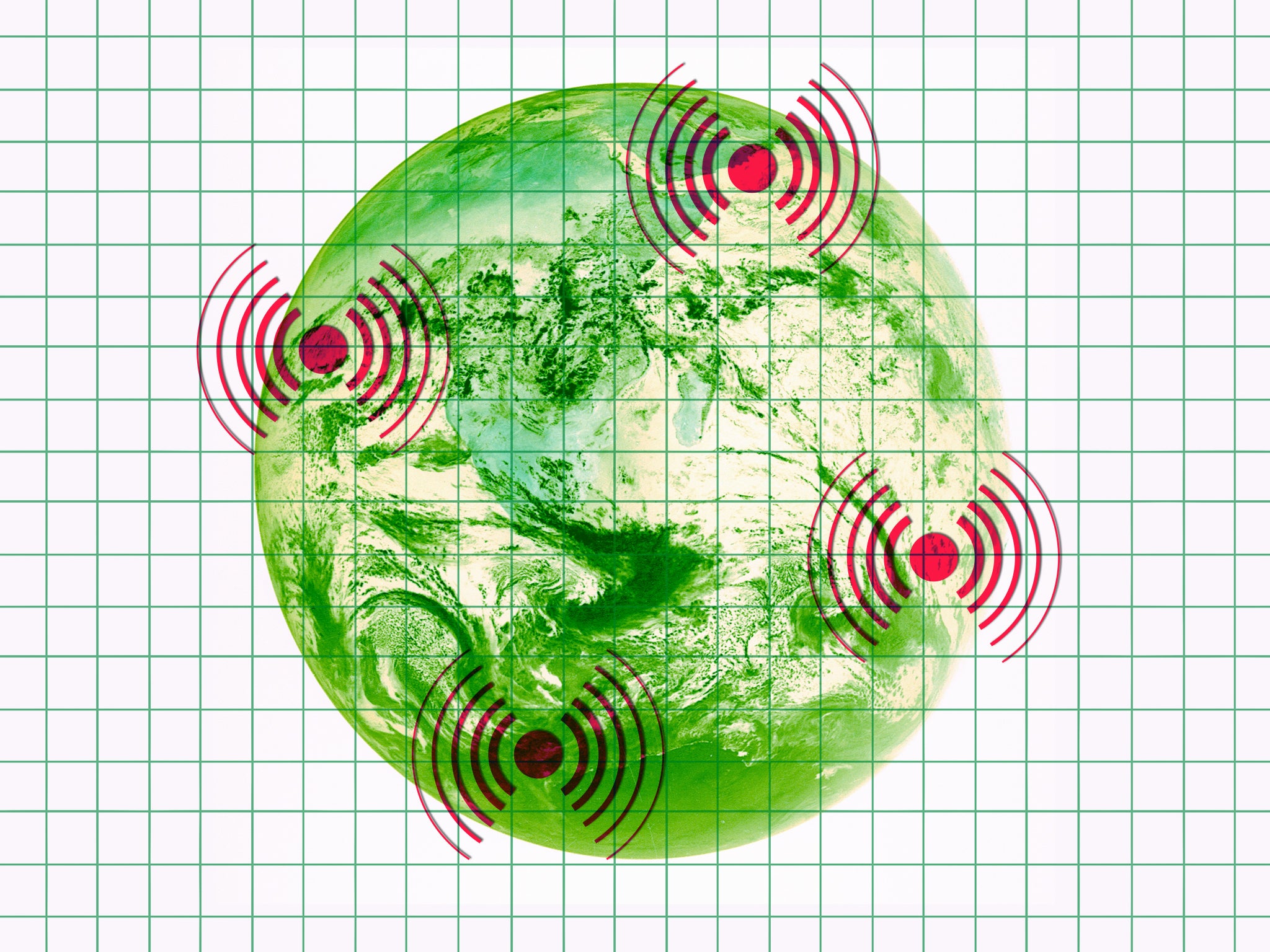
The fact that humans are affecting the planet should – in 2022 – come as a surprise to no one. Plastic bobs in our oceans, sewage slips into our rivers, pollution chokes our cities, and greenhouse gas emissions are heating up the planet at an alarming rate. In fact, the sheer extent of human impact on the planet has led some scientists to try to prove that we are now living in a new geological epoch, known as the Anthropocene – a word derived from the Greek terms for “human” and “new”.
The endeavour will reach a critical point this year when geologists decide on a time and place they believe best marks the beginning of the epoch. The site will show that a global change is visible in a natural material such as rock, ice or sediment at a level known as a “golden spike”.
Finding this golden spike is crucial to proving that the planet has entered the Anthropocene. It is a herculean task for a group of volunteers with limited financial support, but if a new epoch is rubber-stamped it has the potential to make waves far beyond the hallowed halls of academia.
“The Anthropocene is an incredibly useful one-word term to represent global change on this planet,” says Colin Waters, chair of the Anthropocene Working Group, the body investigating the Anthropocene as a potential geological time unit. “If you argue against the Anthropocene in my mind you’re arguing against this understanding that the planet is changing radically because of human activity.”
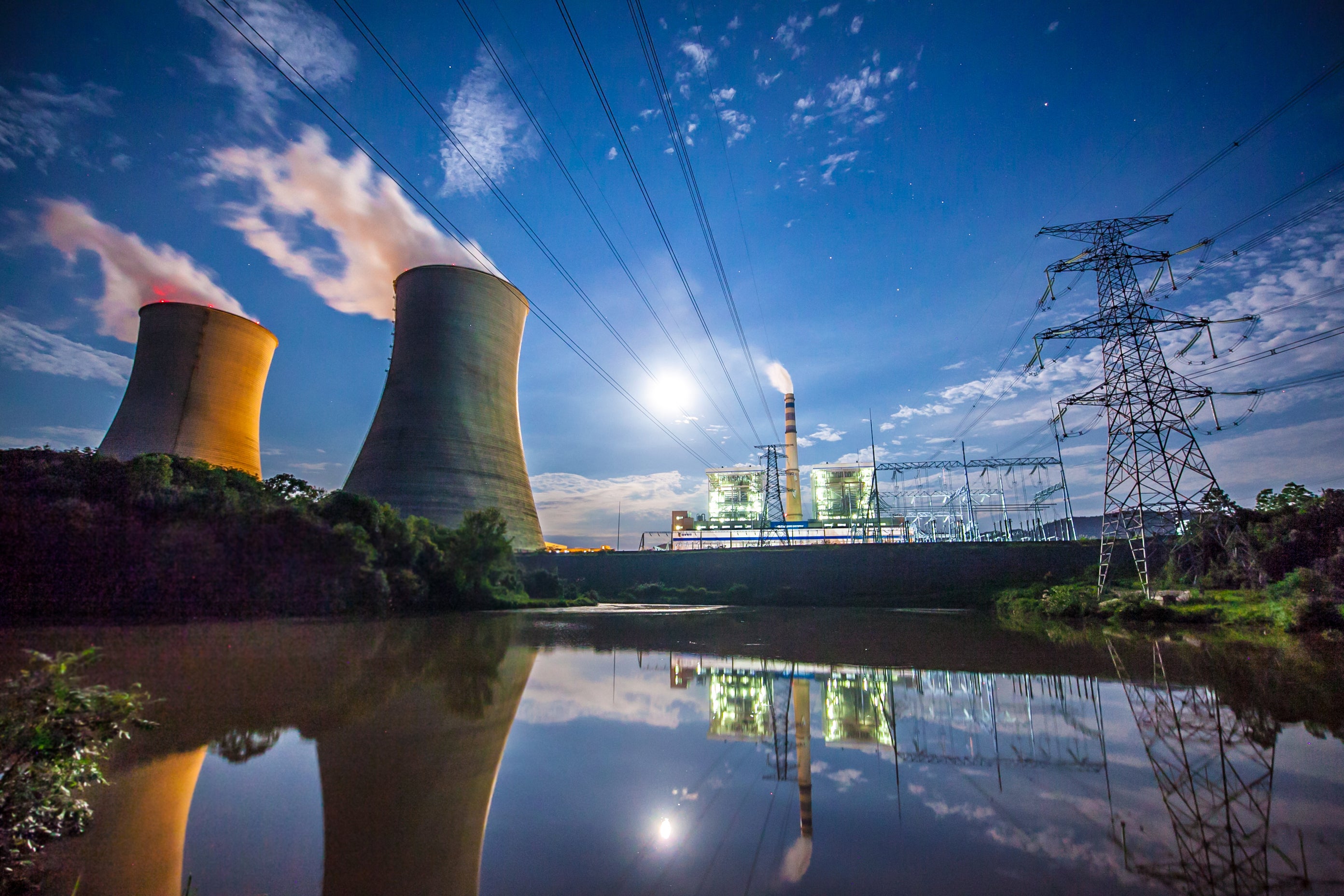
The past 11,700 years of Earth’s history is officially known as the Holocene, a relatively warm period that followed the end of the last major ice age. Geologists leading the search for the beginning of the new epoch believe the Anthropocene started around the mid-20th century and have narrowed down its birthplace to 12 sites, including an Italian cave and an Australian coral reef.
This month they will begin to assess samples from each location for substances such as microplastics, mercury pollution, coal ash or nuclear residue that would offer a clear signal of human impact on geology around the 1950s. They are likely to choose the site in December. Their assessments will then need the backing of three geological bodies – including the International Commission on Stratigraphy, which decides the official geological units of time, and the International Union of Geological Sciences – for the Anthropocene epoch to be officially accepted as part of Earth’s history.
Beyond what the quest means for science, Professor Waters said he recognised that the findings of the Anthropocene Working Group have the potential to inform the public about the scale of planetary change humans are causing.
“I can tell you the changes that are happening now are happening at unbelievably rapid rates,” he said, adding that he hopes that if the epoch is formalised it will be a trigger for humans to minimise their impact on the planet and the changes recorded in geology. “We can still minimise the changes, so the Anthorpocene doesn’t become even more extreme.”
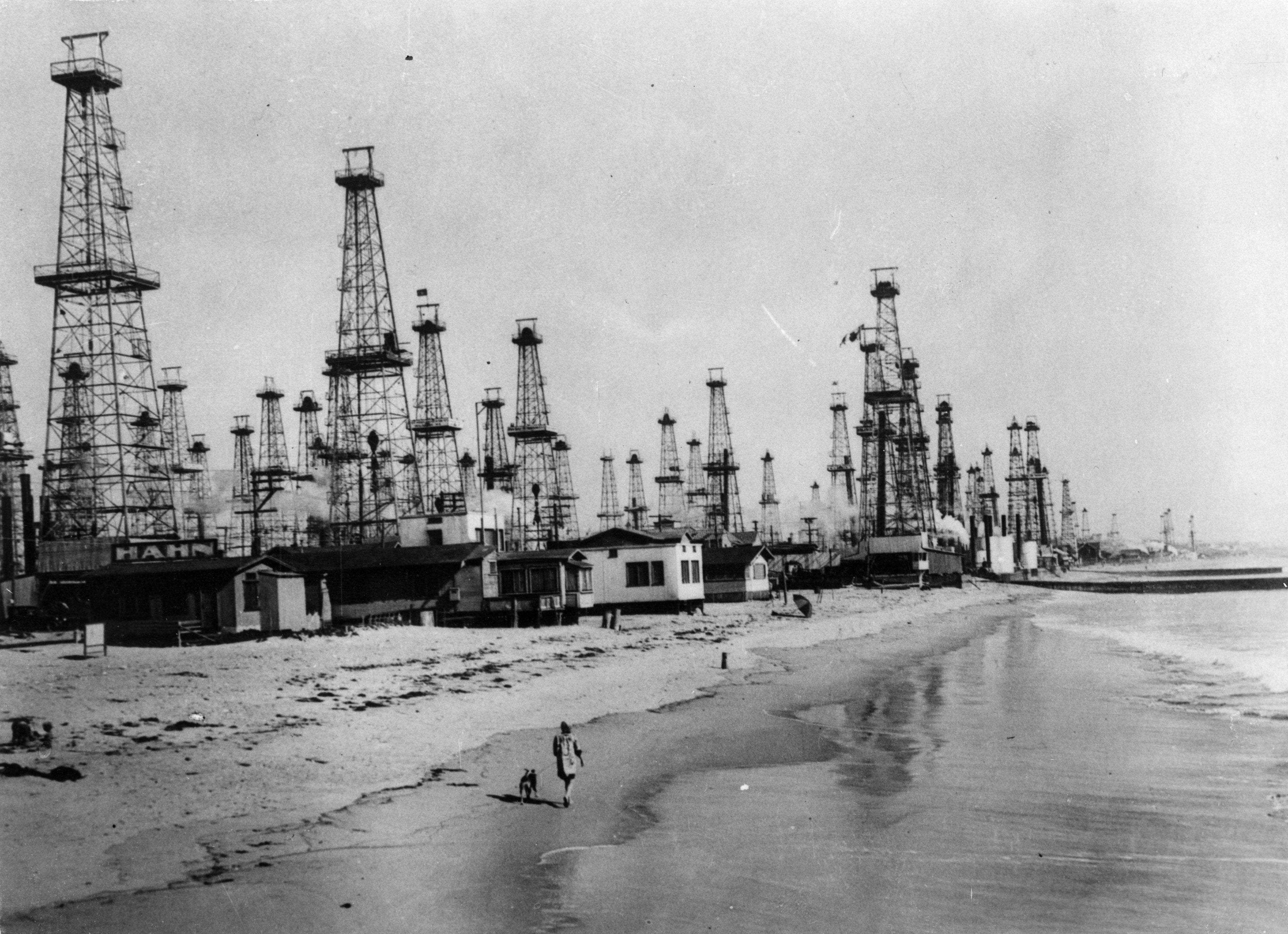
While the term Anthropocene is already used in the arts and humanities to refer to ecological and sociological changes in recent history, for it to be officially recognised as a geological epoch geologists have to prove two main things. The first is that humans have affected Earth to such an extent that geological deposits now include a “signature” that is distinct from those of the Holocene and other epochs. The second test is to establish when this fingerprint becomes recognisable worldwide.
During the search for the beginning of the Anthropocene, three main timeframes were mooted as possible starting points of the epoch: the advent of agriculture and mass deforestation thousands of years ago, the beginning of the industrial revolution around 1800, and the mid-20th century, which saw rapid population growth and energy use.
More than a decade after the working group was formed in 2009, Waters says he has no doubt that a radical change in geological deposits happened very quickly in the mid-20th century. Following the Second World War there was a huge acceleration in global population, technological advances, worldwide industrialisation and globalisation of trade, he explained. Global species also became more homogenous as plants and animals were transported around the world, he added.
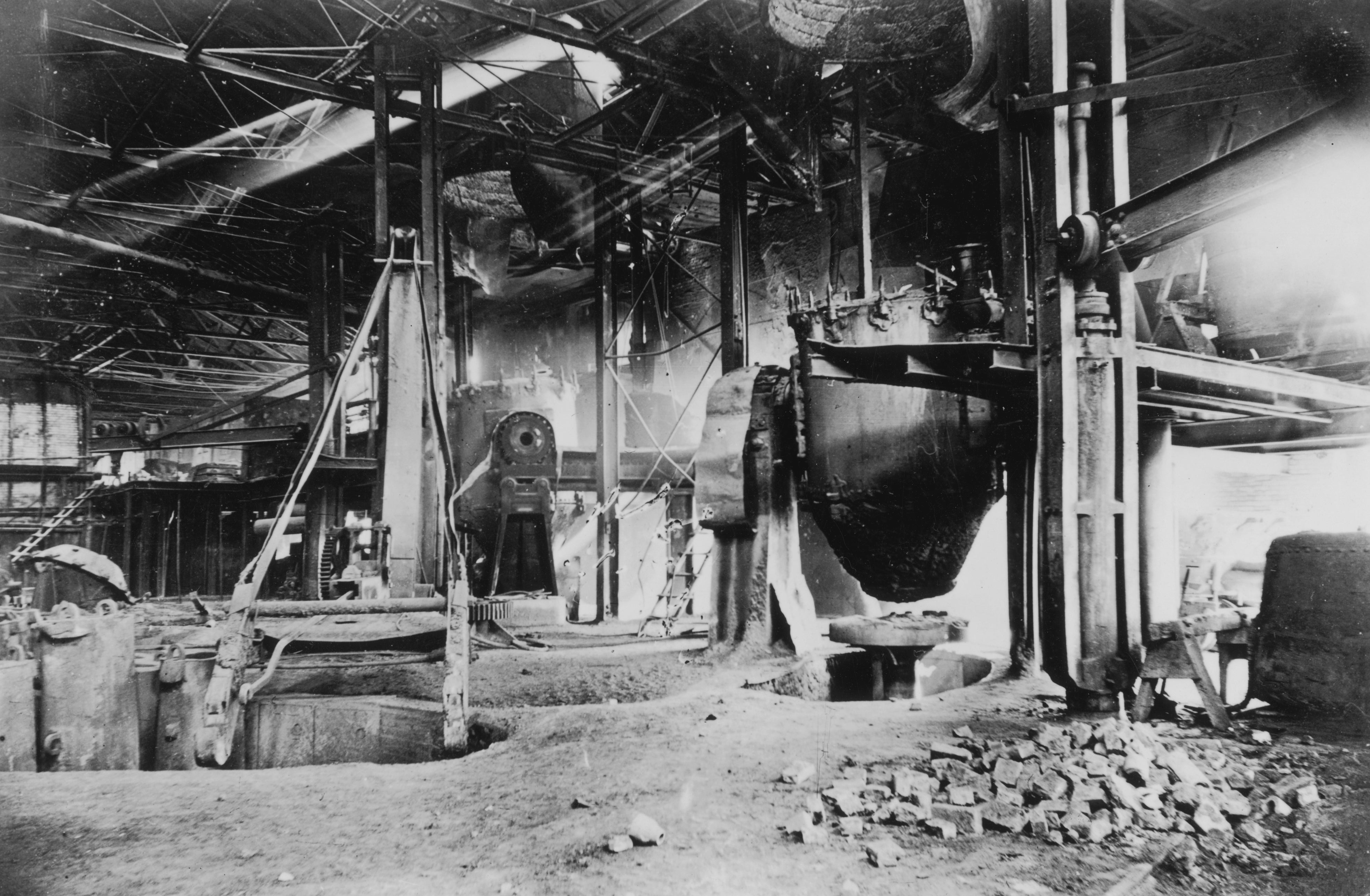
With these transformations chemical markers in the atmosphere, the oceans and on land begin to change: for example insecticide pollution or evidence of atomic bomb testing begin to show up in sediment samples, he said. What’s more, samples taken from around the world consistently show significant change around 1950, fulfilling the requirement that the marker becomes recognisable worldwide, he added.
“It’s not just one signal that’s changing, it’s so many, all happening at the same time,” he said. “It’s pretty unprecedented.”
The golden spike – officially known as the global boundary stratotype section and point – is established for every geological time unit. The Holocene’s is an ice core taken from Greenland’s ice sheet, which shows sudden global warming at the end of the last ice age.
The 12 locations being considered for the Anthorpocene’s golden spike are:
- Gotland Basin, in the Baltic Sea
- San Francisco Estuary, US
- Beppu Bay, Japan
- Searsville Dam, US
- Crawford Lake, Canada
- Longwan Maar Lake, China
- Flinders Reef, Australia
- Gulf of Mexico, US
- Antarctic Peninsula Ice Core
- Ernesto Cave Speleothem, Italy
- Śnieżka peatland, Poland
- Anthropogenic soils, Vienna
However, science being science, not everyone is convinced that the mid-20th cenutry is the best time period to be looking for the beginning of the Anthropocene. The marine geologist and paleoclimatologist William Ruddiman has posited that early agriculture increased amounts of greenhouse gases into the atmosphere thousands of years ago.
Simon Lewis and Mark Maslin, professors of global change science and Earth system science at University College London respectively, have argued that the beginning of the Anthropocene should be in 1610, when the mass movement of species, humans and diseases around the world began to have significant impact.
What’s more, there are other theories that suggest the Anthropocene should not be considered an epoch with a clear start date, but a geological event that happened over a large period of time, according to Professor Maslin. Proponents of this thesis argue that human impact on the planet is different from the K-T boundary, when a meteorite hit Earth most likely causing the extinction of the dinosaurs, and that it’s difficult to draw a line in the sand and say this is the point humans became the most dominant force on the planet and where the epoch should begin, he said.
Waters said the working group looked at evidence from several points in history, including the impact of the mass movement of species around the turn of the 17th century, but found the mid-20th century to offer the level at which global change occurred most abruptly.
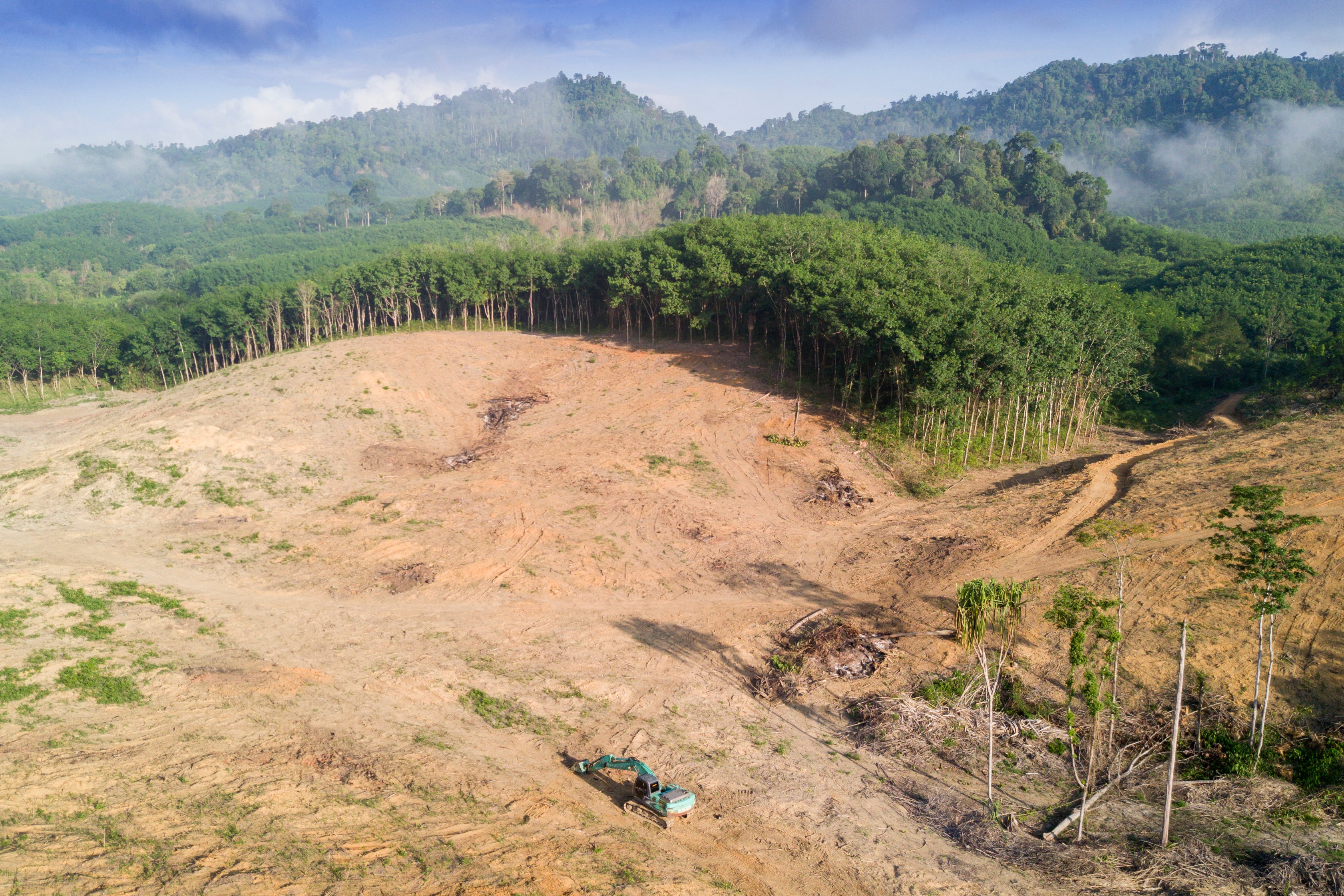
As for whether the Anthropocene could be a prolonged event, Waters pointed to the sudden changes in the 1950s, many of them novel in the geological record, as evidence of the Anthropocene being a new geological epoch. The line in the sand argument could be levelled at almost any geological boundary and that the rate of change observed over a few decades in the mid-20th century, is far faster than observed across most other equivalent boundaries, he added.
Ultimately, it doesn’t matter when the Anthropocene began.
“The key thing is that all we need to be able to say is today, at this moment in time, we are in the Anthropocene epoch, we are the most dominant force on planet Earth,” says Maslin, the author How to Save Our Planet: The Facts. “If we can admit that then we have to say, well, we’re different from a meteorite and we’re different from plate tectonics because we can change the direction of impact.”
Declaring an Anthropocene epoch is important because for the past 500 years science has made people feel insignificant, he said, pointing to key moments in scientific discovery such as the realisation that the sun, not the Earth, is the centre of the solar system.
“If the Anthropocene is correct then humans have created a new geological period of time,” he added. “It means that we have influence on the whole global environment, and the evolution of most of the organisms on Earth.”
The changes that are occurring are akin in scale to the changes that happened when the dinosaurs went extinct
Max Berkelhammer, a climate scientist whose identification of a major drought event in India 4,000 years ago was chosen to mark the most recent part of the Holocene epoch, agreed that while for geologists defining the moment when the epoch began was crucial, for others the broader recognition that we live in a world that’s defined by human impacts was more important.
Nevertheless, formalising the epoch was helpful because it illustrated that human impact on the Earth’s system rivals or surpasses other landmark moments in the planet’s history, he said. “I think it’s important to say that we are experiencing changes as big as almost any change that Earth has experienced in its 4.5 billion year history,” he added. “The changes that are occurring are akin in scale to the changes that happened when the dinosaurs went extinct.”
Meanwhile, as an academic, Professor Berkelhammer said he felt the Anthropocene has the ability to bring disciplines together, something he sees as key when addressing the problems the planet faces.
The House of World of Cultures in Berlin offers such an example of interdisciplinary exchange. In 2011, the cultural institute pivoted to focus entirely on the question of the Anthropocene and the cultural and political implications of the potential declaration of a new geological epoch. In parallel, the institute, directed by Bernd Scherer, has closely followed the progress of the Anthropocene Working Group and gave the scientists a budget of 1 million euros to search for a global spike. In exchange, the working group committed to providing the institute with unparalleled insight into its work.
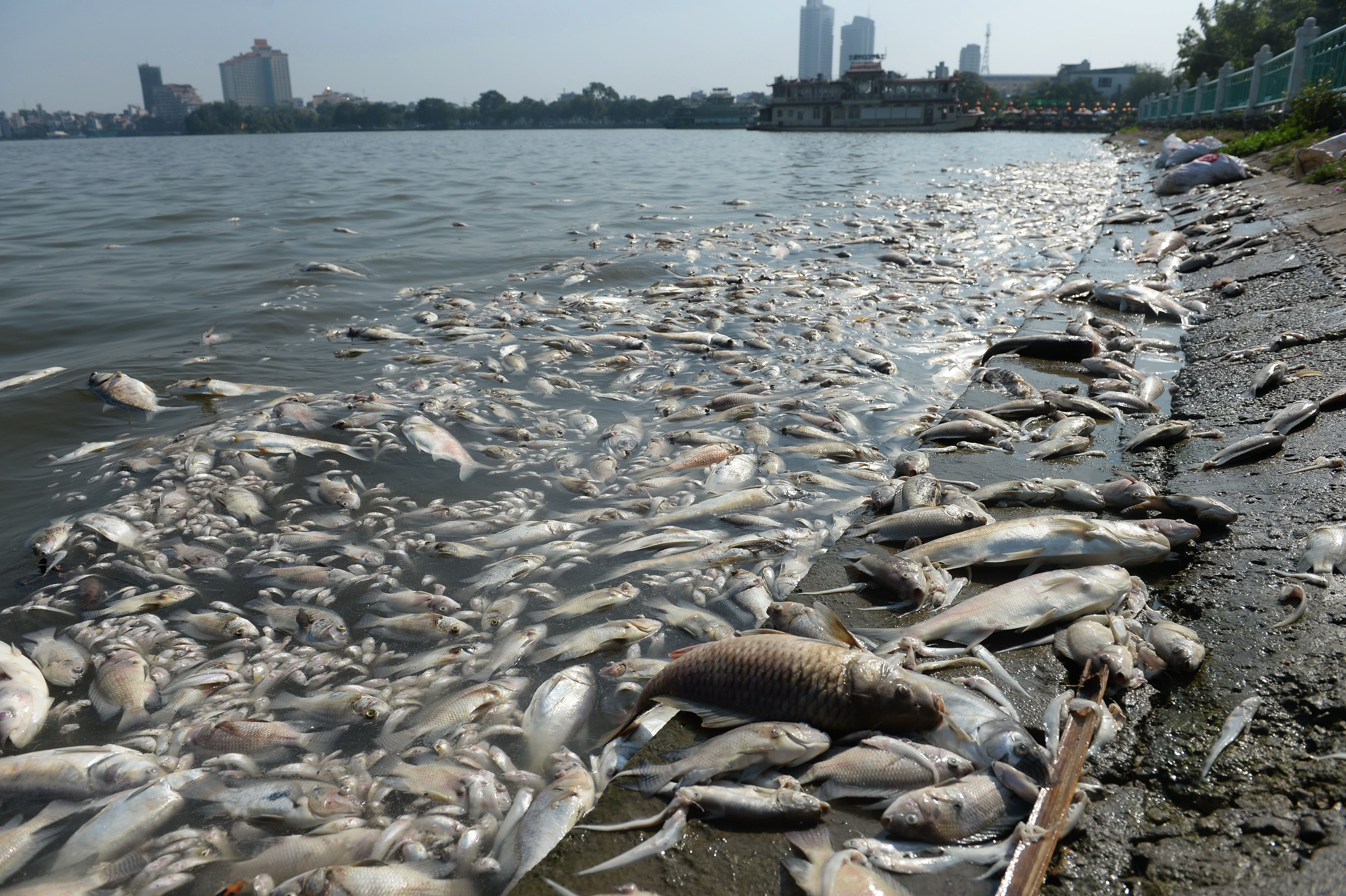
Dr Scherer, who has a background in philosophy, said the thesis of an Anthropocene era challenged basic categories in human thinking, including the divide between nature and culture, which has been at the heart of western thinking since the 16th and 17th centuries.
“The natural scientists say what they are looking at when they look at nature is already a cultural product,” he said, referring to the scientists’ findings as to the human impact on the planet. “It’s not anymore the nature we were looking at in the 16th century.”
Therefore, he said, the division between nature and culture “implodes”.
The process of proving that we’re living in the Anthropocene epoch will be the subject of a conference and exhibition at the institute this month.At the conference research teams will present the findings from the 12 sites, while the exhibition will explore the natural landscapes from which the samples are extracted and the laboratory processes used to examine the evidence.
Dr Scherer said the aim was to look at the work of these scientists as a cultural process, as they “produce a new Earth age”.
“Not so many people know how an Earth age is constructed,” he said. “What the scientists are doing is following tiny traces around the Earth and then constructing out of this a planetary transformation. This is fascinating,” he added.






Join our commenting forum
Join thought-provoking conversations, follow other Independent readers and see their replies
Comments